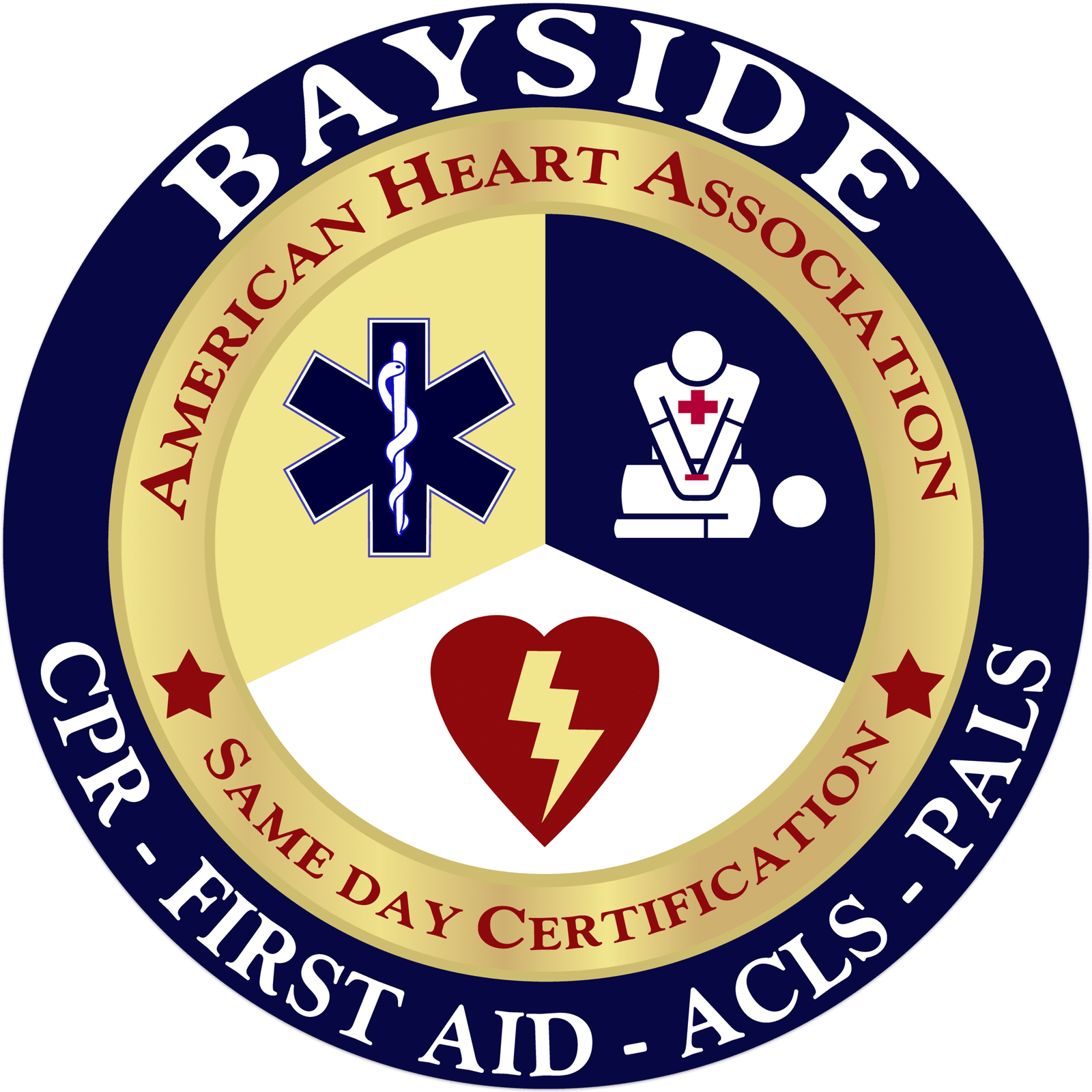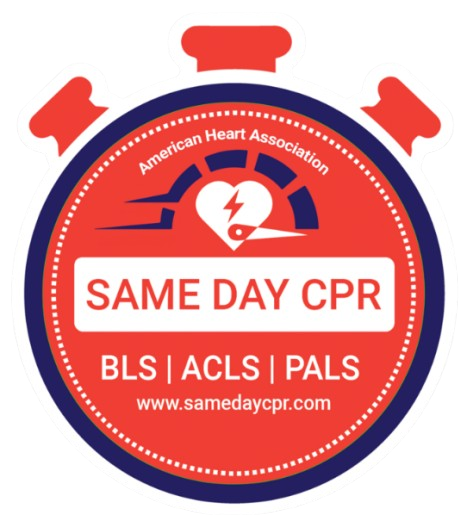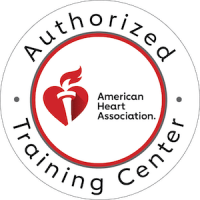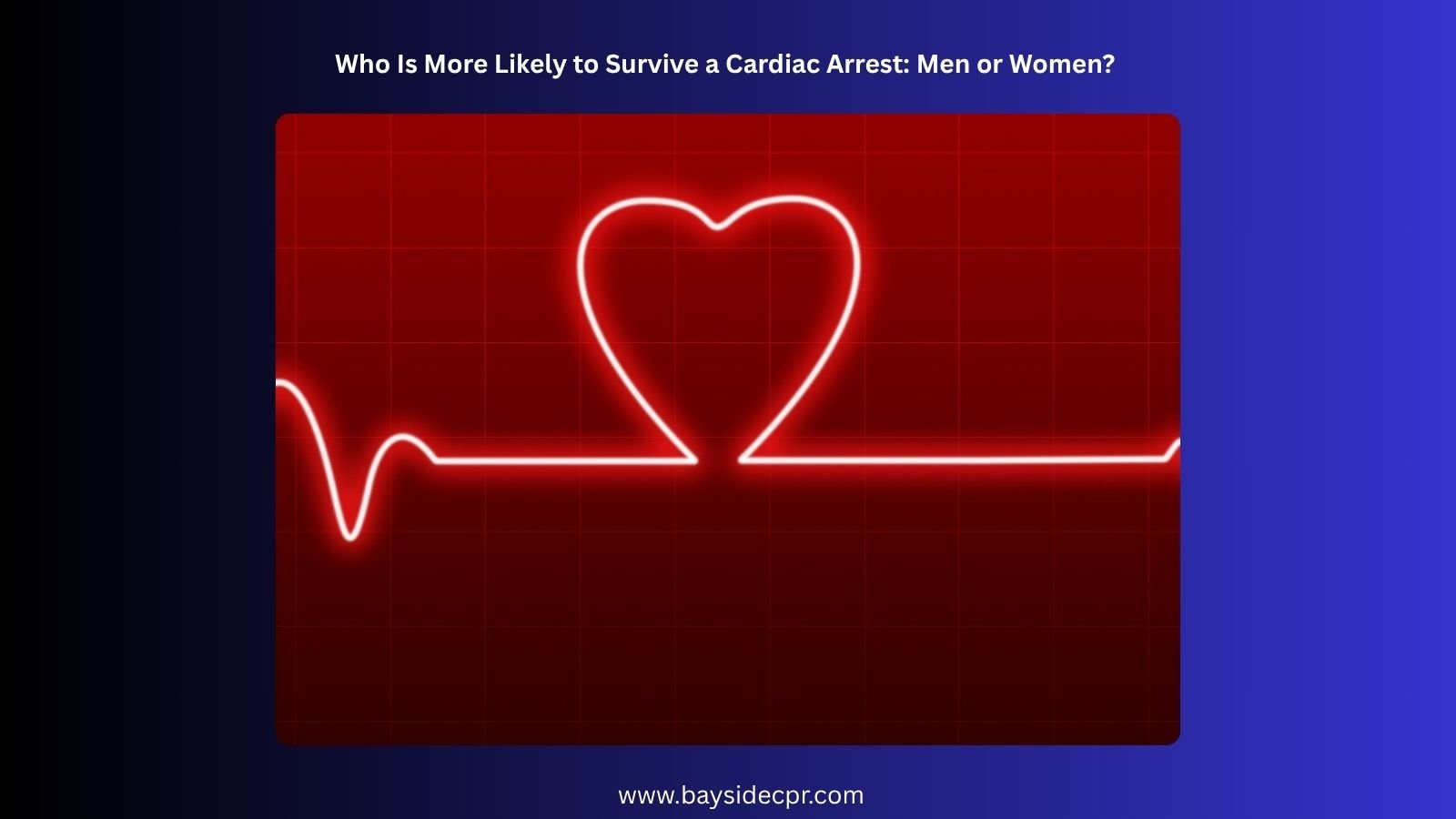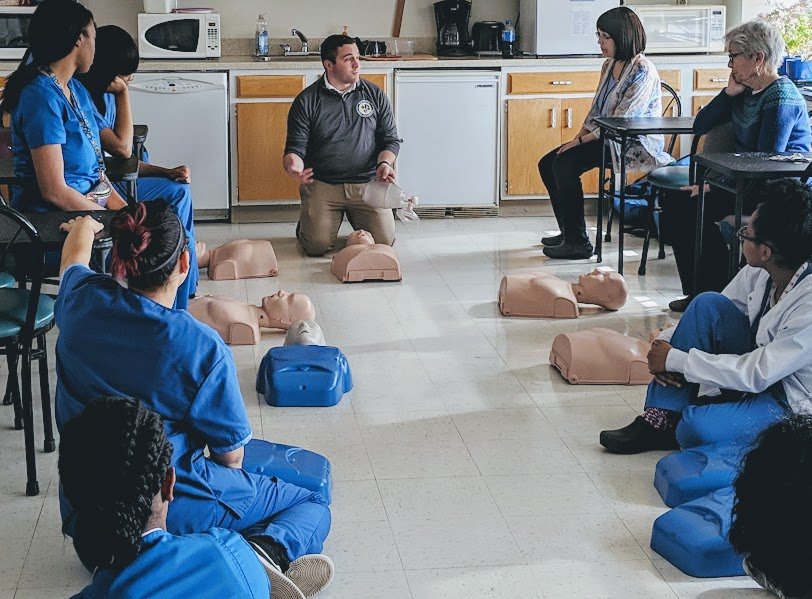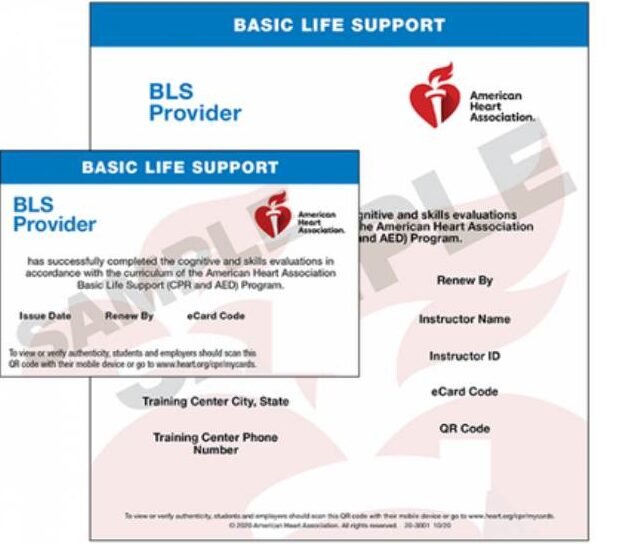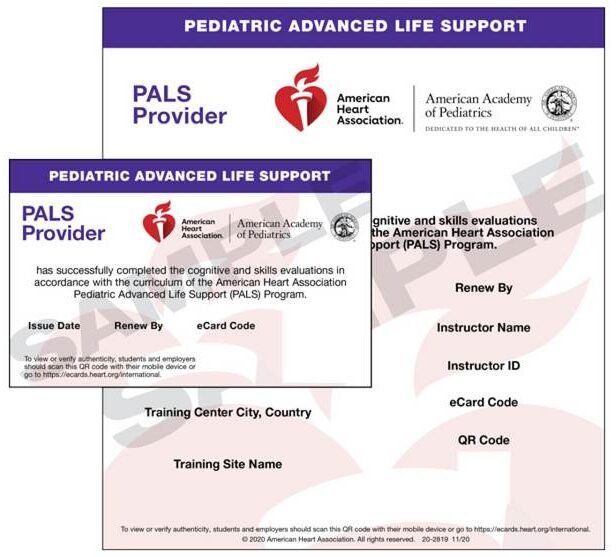When it comes to surviving a cardiac arrest, many people wonder if men or women have a better chance. It’s a question that has interested doctors and researchers for a long time. The truth is, the answer isn’t so simple. Some studies suggest there might be differences between the genders, but many factors can influence the outcome. A cardiac arrest occurs when the heart’s electrical system malfunctions, causing the heart to suddenly stop pumping blood properly. It’s similar to hitting the pause button on your heart unexpectedly. Since the heart isn’t working to send blood, important organs, particularly the brain, don’t receive the oxygen they need to function. Things like how quickly help arrives, the person’s overall health, and the circumstances of the arrest all play a role. So, while it’s natural to ask who has the chance of surviving, it’s important to remember that every situation is unique.
Data On Cardiac Survival Rates by Gender
Recent research shows that survival rates after heart problems can vary between men and women. Let’s look at some studies that help us understand these differences better.
1. Population-Based Cohort Study (2024)
An analysis of 43,226 out-of-hospital cardiac arrests (OHCAs) found that women had a lower 30-day survival rate of 6.2%, compared to 10.7% for men. Factors such as older age and a lower likelihood of having shockable rhythms at the time of the arrest seemed to contribute to these gender-based differences in survival. According to Oxford Academic.
2. Systematic Study (2022)
A comprehensive review of 28 studies involving over 1.9 million patients found that women have a lower survival rate following cardiac arrest than men. According to Springer Open.
3. Study Of Resuscitation Outcome
In a study of 4,875 resuscitated cardiac arrest patients, women experienced worse outcomes compared to men. Women were, on average, older, 67.5 years old, compared to 65.3 years for men. They also had lower rates of survival to hospital discharge, with 22.5% of women surviving versus 36.3% of men. The poorer outcomes were primarily due to a lower likelihood of receiving bystander CPR and having shockable heart rhythms at the time of arrest. Specifically, bystander CPR was administered in 49.1% of women compared to 54.9% of men. Additionally, shockable rhythms occurred in only 24.3% of women, whereas 44.6% of men experienced shockable rhythms, which are critical for defibrillation. According to the National Library of Medicine.
Biological and Physiological Factors Affecting Survival Rates in Cardiac Arrest
When a person’s heart stops, many things inside their body can influence whether they survive. Understanding these biological and physiological factors helps us see why outcomes vary so much in these critical moments.
1. Age
Age plays a big role in how likely someone is to survive a cardiac arrest, and it affects men and women differently. As people get older, their chances of recovering drop. But interestingly, younger women often bounce back more easily than younger men, probably because they have healthier hearts and bodies. Once both men and women reach older ages, the differences in survival rates become smaller, and other health problems might influence the outcome.
2. Underlying Cardiac Conditions
When it comes to heart problems, women and men face different challenges. Women often have unique symptoms or health issues that can slow down diagnosis and treatment. Men’s symptoms tend to be clearer, so they usually get diagnosed sooner. Conditions like high blood pressure and diabetes, along with hormonal differences, also affect how they recover. Knowing these differences helps doctors give better care and improve chances of survival for everyone.
3. Duration of Ischemia
The amount of time the heart tissue is without blood, known as ischemia, greatly influences whether someone survives a cardiac arrest. When the heart doesn’t get blood for a while during a cardiac arrest, it can cause serious damage. How long the heart is without blood matters for the chances of survival. Studies show that women often do better if they get help fast, but their chances drop if help comes too late. Men face similar risks, but the timing affects them differently. The key is to act quickly and call for help right away. Getting immediate aid can make a big difference in saving both women and men in these moments.
4. Initial Heart Rhythm
When someone has a cardiac arrest, the heart’s initial rhythm matters for their chances of survival. Sometimes, the rhythm is messy and hard to revive. Other times, it’s calm and steady, making treatment easier. Research shows women often have different types of heart rhythms than men, which can change how they respond to help. The quicker the rescuers can spot and treat the right rhythm, the better the chances of recovery for everyone. Acting fast is the key to giving both women and men the best shot at getting better. For better understanding about heart rhythm, read ECG Rhythms Recognition and Interpretation for ACLS.
5. Physiological Status Before Arrest
A person’s health before a cardiac arrest, or their physiological status, can play a big role in whether they survive. If someone is already weak or has other health problems like poor kidney function or low blood pressure, their chances of recovery decrease. Women and men may start with different health conditions that affect their outlook after an arrest. For example, women might have different muscle strength or hormone levels that influence how their bodies respond. When a person’s overall health is strong before an emergency, they tend to bounce back better. Caring for health in everyday life can help improve outcomes if a sudden heart problem occurs.
6. Neurological Factor
When the heart suddenly stops, the brain is affected first because it needs constant blood and oxygen to work. Interestingly, women might have some natural brain responses that help protect them and improve their chances of surviving or recovering better. Their brains seem to handle the stress of missing oxygen a bit more effectively. Plus, men and women often show different signs during a cardiac arrest, which can influence how quickly they get help. These differences in how their brains respond are part of why survival rates can vary between the two.
7. Genetic and Molecular Factors
When it comes to surviving a cardiac arrest, both genetics and molecules in the body play a big role, and men and women can be affected differently. Certain genes may make women or men more likely to recover, while others can influence how the heart responds during emergencies. Also, hormones like estrogen and testosterone can impact how the body fights for survival. Overall, these tiny biological factors help explain why some people bounce back better than others after an emergency.
8. Metabolic Factors
When it comes to surviving a cardiac arrest, women and men can be affected by different metabolic factors. These are things like cholesterol levels, blood sugar, and how their bodies process fats. Sometimes, these factors can make it harder for the heart to recover after an emergency. Women and men might have these issues in different ways, which can influence their chances of survival. Understanding these differences helps doctors find better ways to protect everyone and improve outcomes for both women and men.
Differences in Bystander Response Toward Men and Women in Cardiac Arrest Cases
Here are three key points regarding differences in bystander response toward men and women in cardiac arrest cases
1. Recognition and Perception
Bystanders are more likely to recognize cardiac arrest symptoms in men than in women, partly due to stereotypes that associate heart problems more strongly with men. As a result, women’s cardiac events may be underdiagnosed or recognized later, delaying emergency response.
2. Willingness to Intervene
Studies indicate that bystanders are generally more willing to perform CPR or intervene for men compared to women. Influenced by social biases or misconceptions about the physical resilience of women or concerns about causing harm.
3. AED Usage and Intervention Timing
A study conducted by Duke University School of Medicine, which examined more than 309,000 cases of cardiac arrest from 2013 to 2019 from 47 states, discovered that women were 14% less likely than men to receive bystander CPR and the use of automated external defibrillators (AEDs) in public areas. This gap remained consistent regardless of the racial makeup of the neighborhood. Furthermore, there is evidence suggesting that women are less likely to receive prompt AED shocks and immediate CPR compared to men. This delay in intervention can negatively impact survival outcomes, highlighting the urgent need for public education initiatives aimed at reducing gender-based disparities in emergency response.
Conditions That Are Often Underdiagnosed in Women and Men During Cardiac Arrest
Conditions that are often underdiagnosed in women and men during cardiac arrest can include
1. Coronary Heart Disease
Coronary heart disease is a leading cause of cardiac arrest, but it’s often missed, especially in women than in men. The signs can be different from what we typically expect, like less chest pain and more fatigue or shortness of breath. This makes it easy to overlook or mistake for something less serious. That’s why it’s so important to listen to your body and speak up if something feels off. Early care can truly save lives.
2. Attention Deficit or Hyperactivity Disorder
Attention deficit or hyperactivity disorder, often called ADHD, isn’t something we usually link to heart problems, but it can play a bigger role than people realize. Some medications used to manage ADHD may affect the heart, and stress or anxiety linked to the condition can put extra strain on the body. During a cardiac arrest, doctors might not think to check for ADHD as a contributing factor, which can lead to missed clues. That’s why it helps to share your full health history, even if something seems unrelated. Some analyses have shown that the connection between ADHD and cardiovascular disease, including cardiac arrest, may be stronger in males than in females.
3. Hormonal Influences
Hormones affect how the heart works, but their impact is often overlooked during a cardiac arrest. Changes during pregnancy, menopause, or thyroid problems can all influence the heart’s rhythm and response to stress. These shifts can look different in women and men, making them easy to miss. Paying attention to hormonal health can help doctors understand the full picture and give better care when every second counts.
Strategies to Improve Cardiac Arrest Outcomes Based on Gender
Men and women can experience cardiac arrest differently, so it’s important to understand those differences. Let’s explore a few simple ways we can help improve survival for everyone, no matter their gender.
1. Gender-Specific Public Awareness Campaigns
Public awareness campaigns work best when they speak to real-life experiences. Since men and women may show different signs during cardiac arrest, it’s important to share this information clearly with each group. By using relatable messages and real stories, we can help more people recognize the warning signs early and take action quickly.
2. Personalized CPR and AED Training
CPR and AED training should be tailored to meet the unique needs of each person, rather than using the same approach for everyone. Men and women can respond differently during cardiac arrest, so it helps to learn how those differences might look in real situations. By practicing with varied examples, people can feel more confident and ready to help anyone in need.
3. Enhance Gender-Inclusive Research
To truly understand how cardiac arrest affects different people, you need to research that includes both men and women equally. Too often, studies focus more on one group, which leaves gaps in care. By making research more balanced, you can discover better ways to treat everyone and improve outcomes for all.
4. Improve Gender Bias Awareness in Emergency Care
Sometimes, gender bias in emergency care can lead to missed signs or delayed treatment. By learning to spot these habits, healthcare teams can respond more fairly and effectively. With better training and open conversations, you can make sure every patient gets the care they need, right when they need it, whether men or women.
5. Ensure Equitable Access to Cardiac Care
Everyone deserves the same chance to get life-saving heart care, no matter their gender. Some people face more barriers than others, like fewer nearby clinics or longer wait times. By making care easier to reach and more affordable for all, you can help more lives and create a fairer system for everyone.
Quick Action and Awareness Matter During Cardiac Arrest for Everyone
In short, whether a man or a woman is more likely to survive a cardiac arrest depends on many factors, not just gender alone. Things like age, how quickly help arrives, and underlying health all play important roles. Women and men may face different challenges during and after a cardiac arrest, and sometimes, bystanders and healthcare providers respond differently based on those differences. The key takeaway is that fast action and better awareness can save lives for everyone. By understanding and addressing these unique factors, you can work toward giving both men and women the best chance to survive and recover from these emergencies.
